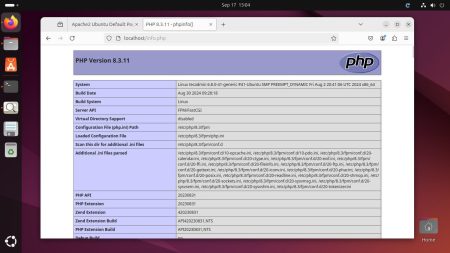In the digital realm, the smallest details can significantly impact your website’s accessibility, search engine ranking, and user experience. One such detail is whether your website’s URL displays with the “www” prefix or without it. While seemingly minor, this distinction can affect your site’s identity and user accessibility. This article delves into the art of web redirection using .htaccess, guiding you on how to seamlessly redirect non-www URLs to www URLs and vice versa, ensuring a consistent experience for your visitors.
Understanding .htaccess and Its Power
The .htaccess file is a configuration file used by Apache-based web servers. It enables you to make changes to your website’s configuration without altering server settings, offering a flexible way to manage your site’s behavior on a per-directory basis. Among its many capabilities, .htaccess is instrumental in setting up website redirections, enhancing security, and improving performance.
Why Redirect non-www to www URLs (or Vice Versa)?
Before diving into the “how”, let’s explore the “why”. Redirecting URLs from non-www to www (or the opposite) ensures that your website can be accessed through a single, canonical URL. This consistency is crucial for:
- SEO: Search engines treat www and non-www versions of a URL as separate entities. Consistent use of one format avoids duplicate content issues, consolidating your site’s search engine ranking.
- Security: Using a consistent URL format can help in implementing security measures like SSL certificates more smoothly.
- Branding: Uniform URLs contribute to a cohesive brand image and enhance user trust.
How to Redirect Using .htaccess
To implement redirection, you first need access to your website’s root directory. Here, you’ll either find the .htaccess file or create it if it doesn’t exist. Remember to back up your .htaccess file before making any changes to avoid potential site access issues.
Redirecting non-www to www URLs
To redirect users from a non-www version of your site to the www version, add the following code to your .htaccess file:
RewriteEngine On
RewriteCond %{HTTP_HOST} ^example.com [NC]
RewriteRule ^(.*)$ http://www.example.com/$1 [L,R=301]
This code checks if the request is for “example.com” and redirects it to “www.example.com”, using a 301 redirect, which is permanent and SEO-friendly.
Redirecting www to non-www URLs
Conversely, if you prefer the non-www version, use the following:
RewriteEngine On
RewriteCond %{HTTP_HOST} ^www.example.com [NC]
RewriteRule ^(.*)$ http://example.com/$1 [L,R=301]
This snippet does the opposite, redirecting requests from “www.example.com” to “example.com”.
Testing and Troubleshooting
After implementing your redirection, it’s crucial to test it thoroughly. Use different browsers and devices to ensure the redirection works as expected. If you encounter issues, double-check your .htaccess syntax and ensure you’ve cleared your browser’s cache, as it can sometimes cache old redirects.
Conclusion
Mastering the use of .htaccess for URL redirection from non-www to www (or vice versa) is a valuable skill for any webmaster. It not only improves your site’s SEO and security but also enhances the user experience by providing consistency. By following the steps outlined in this article, you can ensure that your website benefits from the advantages of a unified URL structure, contributing to your online success.

